When Porn is an Issue: Couples in Conflict, & People Who Watch Too Much (4 CE Hours)
$140.00
4 CE Hours
Presented by: Marty Klein, Ph.D.
Recorded workshop available via video on demand
AASECT Category:
Sex Therapy Education
Section C
Almost everyone has opinions about porn’s creation, use, and impact. While many people fear and misunderstand porn, it’s important for therapists and clients alike to know the facts about its actual content, how it’s made, why people use it, and what the typical effects of its use are.
When does porn use undermine genuine intimacy? When does it indicate developmental or attachment problems? And when is it part of healthy sexual expression? What if a couple can’t agree on the validity of one partner’s porn use?
When we see a patient using porn self-destructively, how do we effectively assess for anxiety, depression, or mood/character disorders? What role do religion and culture play in the patient’s decisions and feelings about their porn use? When a woman is anxious (or angry) about “having to compete” with porn images, what intrapsychic and relational issues might that reveal?
In this webinar, we’ll explore:
- Assessing and treating couples and individuals distressed about pornography
- Helping clients assess when porn use isn’t a problem
- Unpacking the narratives of each partner, and finding out what each one really wants from therapy
- Talking about sex when clients hesitate or resist
- How society’s PornPanic has affected the field of therapy, bringing junk neuro-science into our practice
- Exactly what has happened to the rates of sexual violence, child exploitation, and divorce since broadband internet brought 24/7 porn into everyone’s home?
- Why the “porn addiction” model can’t resolve the deeper issues—and learning a model that does
- The relationship deficits and conflicts (desire discrepancies, unresolved infidelity, poor body image, performance anxiety, and emotional isolation) that couples avoid by making porn the issue
We’ll also discuss how to avoid therapeutic traps, such as getting too involved in the content of the porn; overlooking people’s feelings about masturbation; privileging religious rigidity; dependence on gender stereotypes; and assuming that porn preferences reflect actual desires.
Learning objectives
At the conclusion of this program, attendees will be able to:
- Define Porn Literacy and use the concept in treatment
- Describe 3 key diagnostic questions in evaluating cases involving pornography
- Critique the “porn addiction” model
- Describe important differences between porn sex and real sex
Schedule
30 min America’s PornPanic and how it affects lay people and clinicians
30 min Who gets upset about their partner’s porn use? Why?
30 min Intervening in couple’s porn-related problems
30 min Sexual assumptions, expectations, politics, and pain
30 min Assessing for problematic porn use
30 min Intervening in individual’s porn-related problems
30 min Critiquing the porn addiction model & junk neuroscience
30 min Question-and-answer period
Speaker Bio:
Dr. Marty Klein has been a Licensed Marriage & Family Therapist and Certified Sex Therapist for over 35 years. He has focused his entire career toward a single set of goals: telling the truth about sexuality, helping people feel sexually adequate & powerful, and supporting the healthy sexual & intimate expression and exploration of women & men.
Marty pursues his goal of a sexually enlightened world through therapy, lectures, writing, lobbying, media, and courtroom work.
Marty has authored over 100 articles in publications such as Parents, New Woman, and Playboy, as well as San Francisco Medicine, the California Therapist, and the Journal of Homosexuality. Every year he is quoted in dozens of national publications and websites, such as The New York Times, The New Yorker, and Huffington Post.
Marty has written seven books, acclaimed by everyone from USA Today and The California Therapist to Penn & Teller and the Playboy Advisor. Published in eleven languages, his books have been excerpted in national magazines, cited in the popular and professional press, and reviewed around the world. Marty has also written chapters in many professional books, such as The Handbook of Clinical Child Psychology, Treating Sexual Disorders, and the International Encyclopedia of Sexuality.

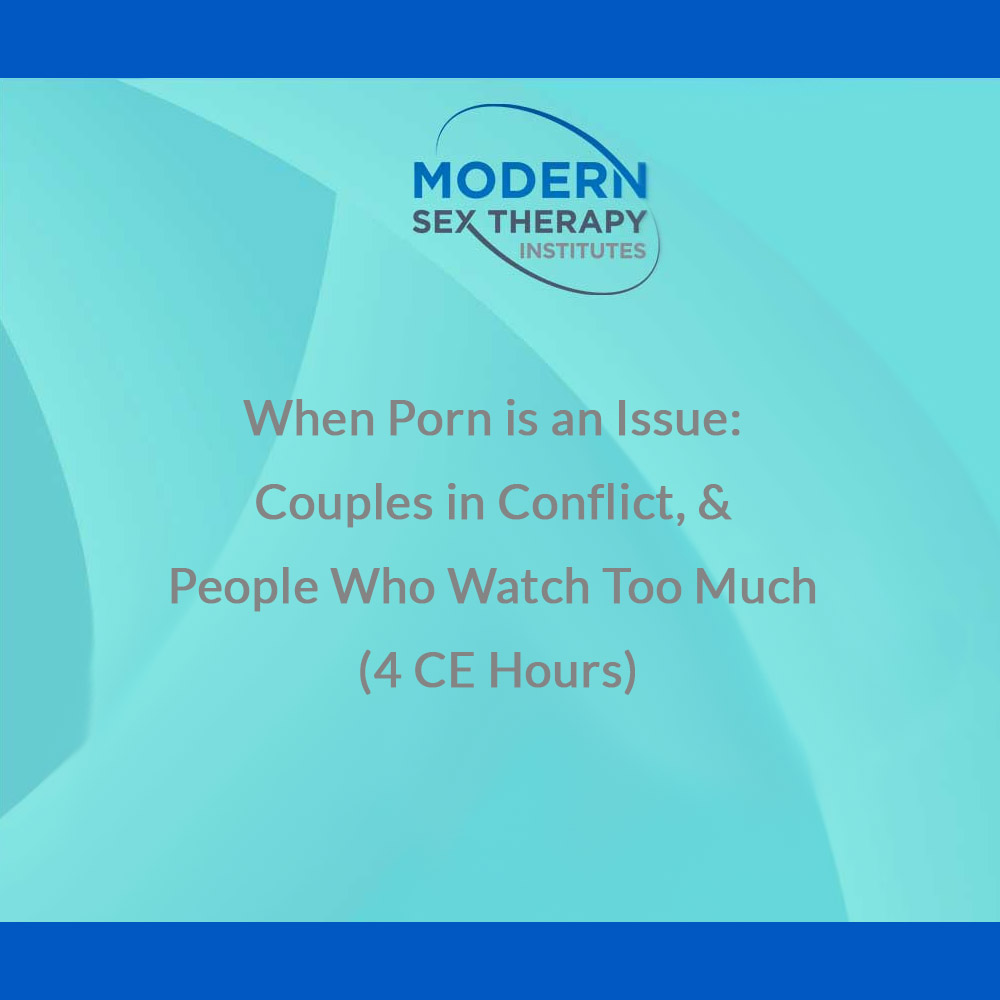
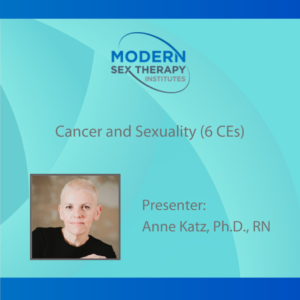


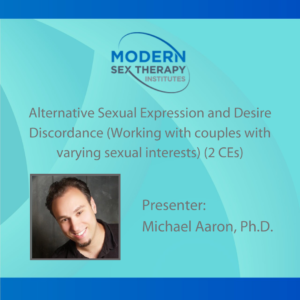
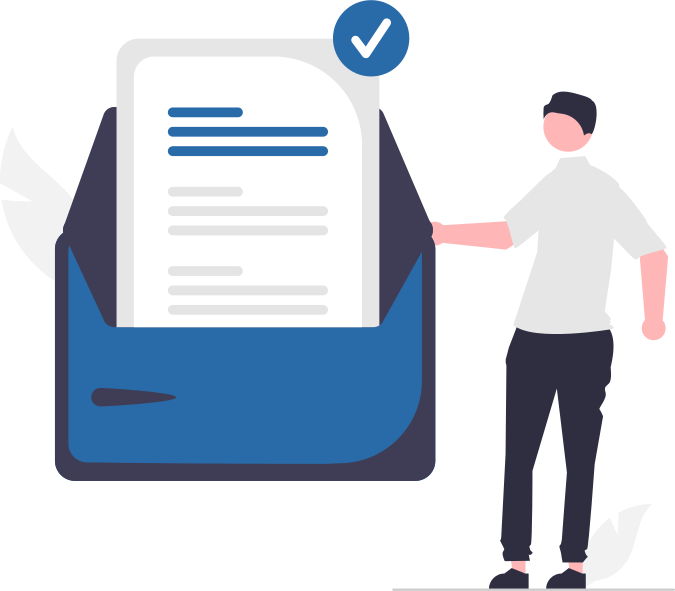
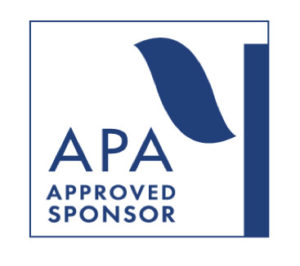 The Advanced Mental Health Training Institute is approved by the American Psychological Association to sponsor continuing education for Psychologists. The Advanced Mental Health Training Institute maintains responsibility for this program and its content.
The Advanced Mental Health Training Institute is approved by the American Psychological Association to sponsor continuing education for Psychologists. The Advanced Mental Health Training Institute maintains responsibility for this program and its content.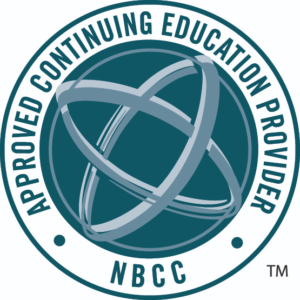 The Advanced Mental Health Training Institute has been approved by NBCC as an Approved Continuing Education Provider, ACEP No.6901. Programs that do not qualify for NBCC credit are clearly identified. The Advanced Mental Health Training Institute is solely responsible for all aspects of the programs.
The Advanced Mental Health Training Institute has been approved by NBCC as an Approved Continuing Education Provider, ACEP No.6901. Programs that do not qualify for NBCC credit are clearly identified. The Advanced Mental Health Training Institute is solely responsible for all aspects of the programs. Modern Sex Therapy Institutes [1787, 4/30/22-4/30/25], is approved to offer social work continuing education by the Association of Social Work Boards (ASWB) Approved Continuing Education (ACE) program. Organizations, not individual courses, are approved as ACE providers. State and provincial regulatory boards have the final authority to determine whether an individual course may be accepted for continuing education credit.
Modern Sex Therapy Institutes [1787, 4/30/22-4/30/25], is approved to offer social work continuing education by the Association of Social Work Boards (ASWB) Approved Continuing Education (ACE) program. Organizations, not individual courses, are approved as ACE providers. State and provincial regulatory boards have the final authority to determine whether an individual course may be accepted for continuing education credit.